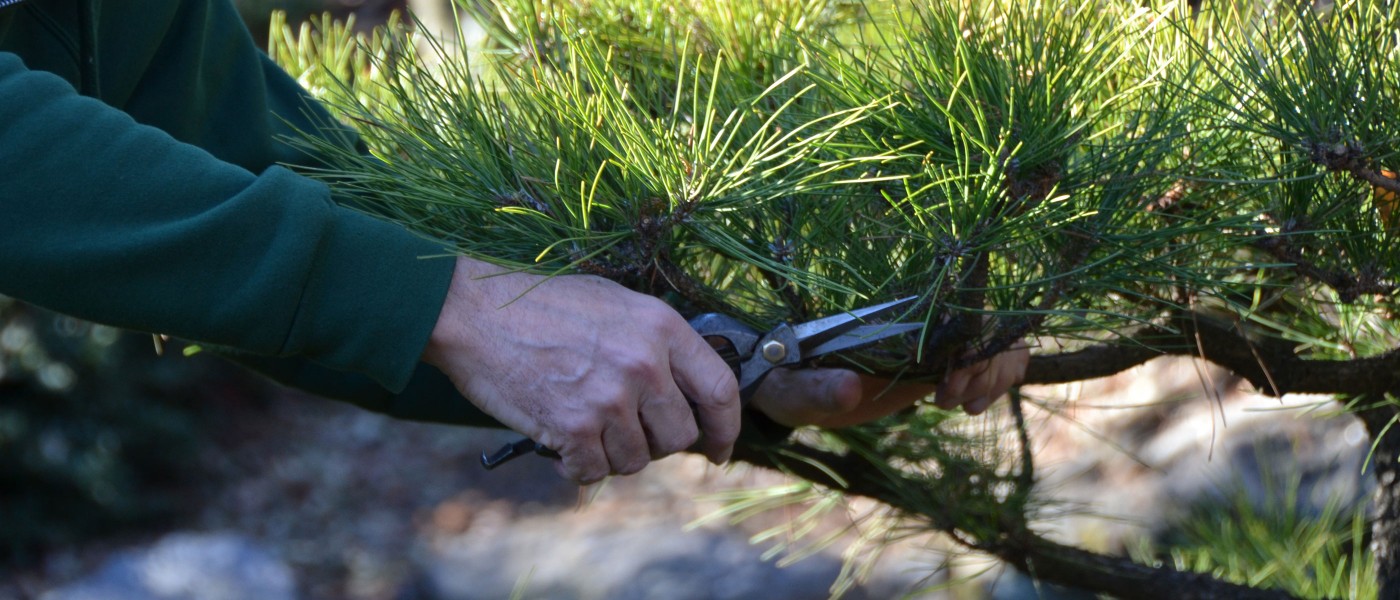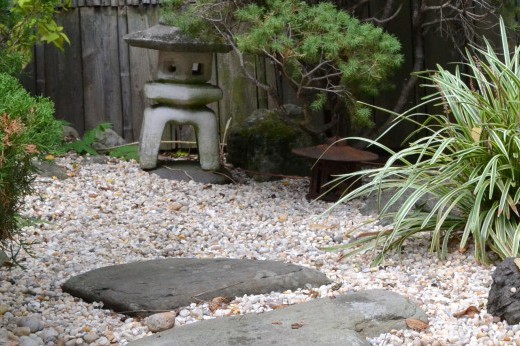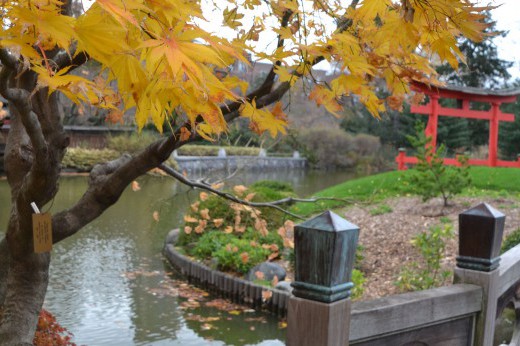It’s worth investing in Japanese-made tools and gear to care for your garden. Japanese craftsmanship is superior, perhaps because garden-blade making in Japan grew out of the sword-making tradition. Whatever the reason, today’s Japanese tools tend to be more ergonomic and lightweight than typical garden tools, and they are generally made from higher-quality steel. They are efficient and precise, don’t degrade quickly due to wear and tear, and just seem more enjoyable to use. Many are specialized for a particular task, allowing you to choose just the right tool for the job at hand. A set including tools like those described here would cover most of the work you’d do in a residential garden.
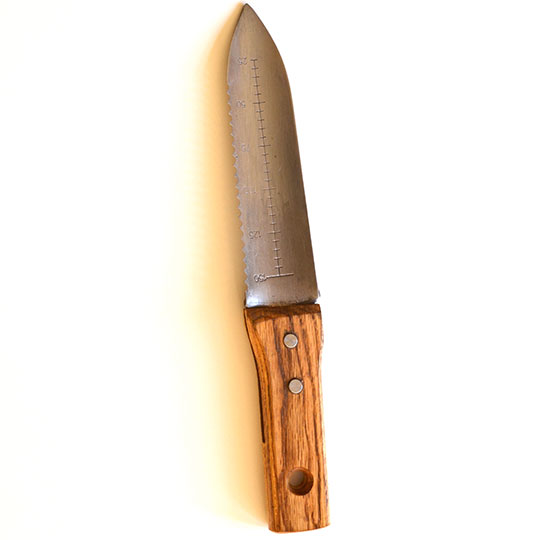
Hori Hori
One of the great all-purpose gardening tools, a hori hori is a combination trowel and soil knife that can be used for cultivating, digging, weeding, and planting. They are typically about a foot long, with a seven-inch blade.
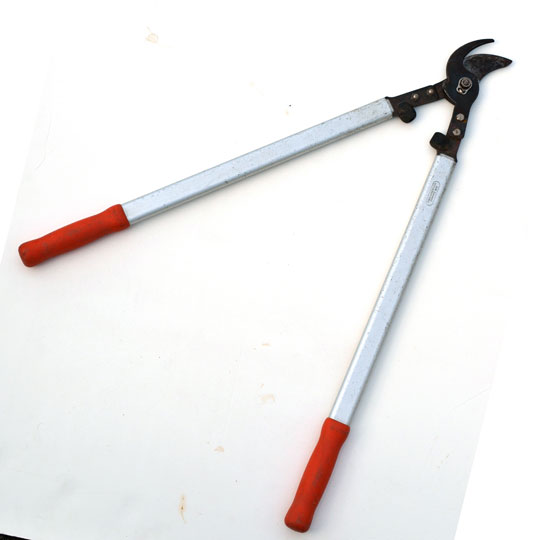
Loppers
Long-handled loppers like these are good for cutting medium-sized branches (thicker than your thumb but less than an inch or so in diameter). They have better reach than hand pruners and are handy for reaching the interior of a shrub or small tree.
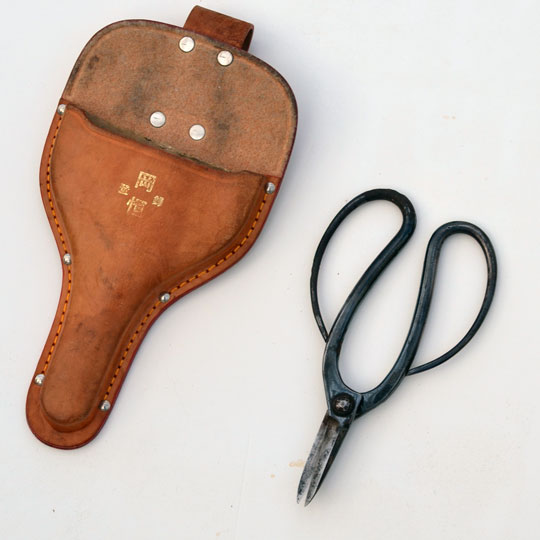
Bonsai Scissors
These classically designed pruners can be used for detail work on smaller branches and for removing new growth on pines (candling). When you thin and shape your trees and shrubs between professional visits, you can use these for precision cuts that are too fine for larger hand pruners. It’s worth getting a leather holster or sheath so you can carry them safely and conveniently.

Pocket Saw
Use this small foldable saw to remove branches that are too thick for loppers (over one inch in diameter). It’s portable and can be carried fairly easily in your pocket while you climb a ladder or a tree. (However, don’t climb trees to prune unless you have the training and expertise to do so.) Most have tricut blades, which cut easier and faster than typical blades do. Gomboy and Gomtaru are two good-quality brands.
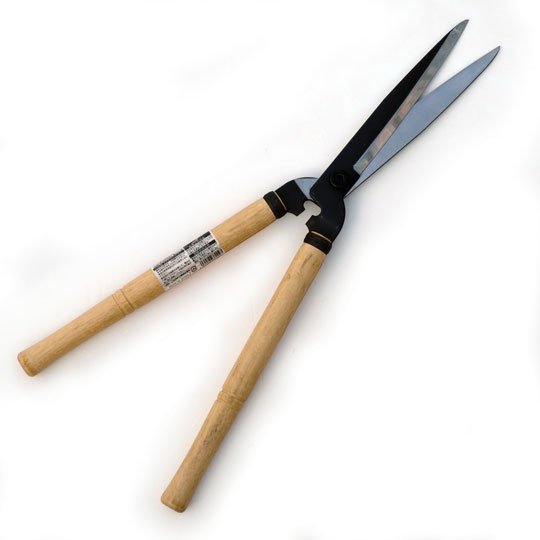
Hedge Shears
These shears are for general-purpose trimming and can be used to create the gentle curves in Japanese-style massed hedges (okarikomi) or dome-shaped shrubs (tamamono).
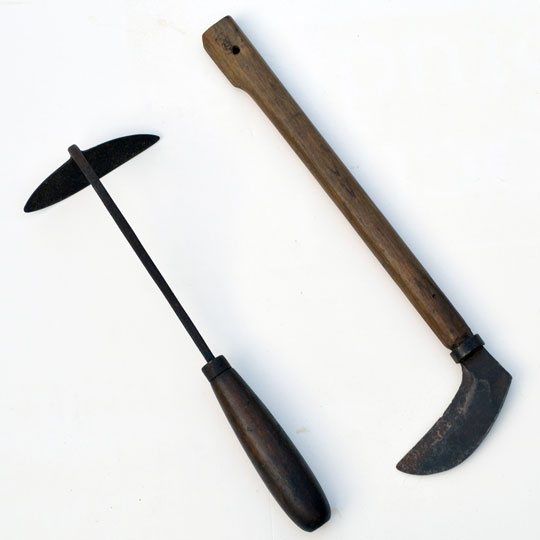
Hoe and Sickle
Both of these tools can be used for weeding. The hoe (left) is more multipurpose and can be used as a cultivator or a hand hoe for breaking up compacted soil and leveling small areas. The sickle (right) is more specialized for weeding and is excellent for cutting weed roots.
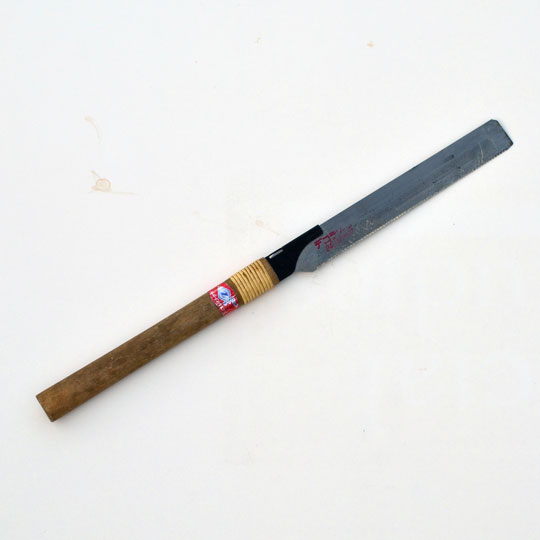
Bamboo Saw
If you are growing bamboo, you’ll need this saw for cutting it while it’s green. The fine-toothed blade cuts without splintering or ripping plant fibers. It can also be used for carpentry.
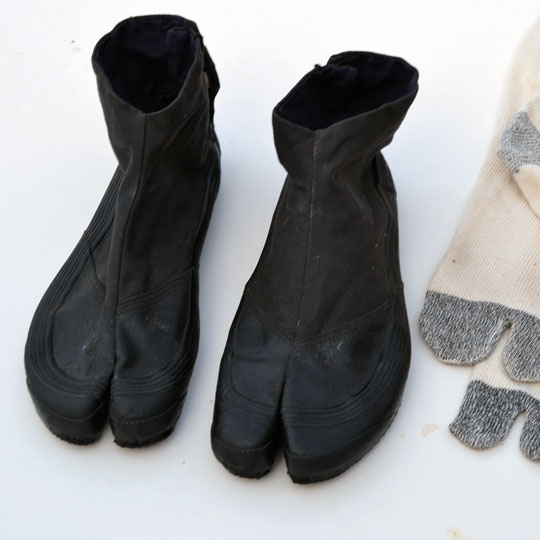
Jikatabi
Split-toed, soft-soled shoes or boots give you more sensitivity and a better grip than traditional boots while working in the garden. They also have a lighter impact if you need to walk over mossy patches or planted areas, and they’re easier on bark if you need to climb a tree.
This article was originally published in Brooklyn Botanic Garden's handbook Japanese-Style Gardens.

